UPDATE - thank you very much to Michael Pick and his wife for the following clarification on what a Omochae/Toy Picture is: "From what we could gather they were mostly used for teaching/storytelling - there's an example of one in use here for instance which speaks volumes and the text backs up the contents of the illustration. The translation is correct - they were called "toy pictures". Some of them have the names of places and characters, so I assume those would have been used in the telling of stories, historical or otherwise.
I'd be willing to wager that they're related to the similar practice of kamishibai ("paper drama") a simple variant of the magic lantern show/slideshow/proto-cinema/animation. This usually involves/involved the telling of a story with a bunch of illustrated cards. Wikipedia has a little entry on it..."
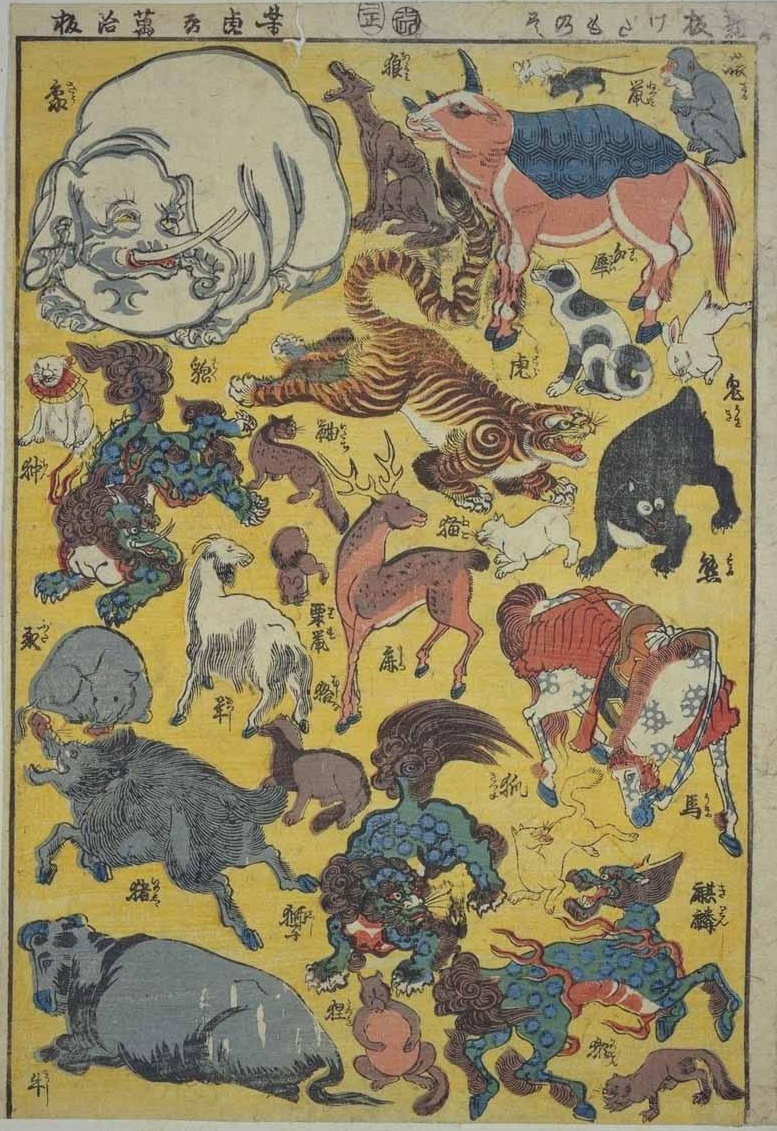
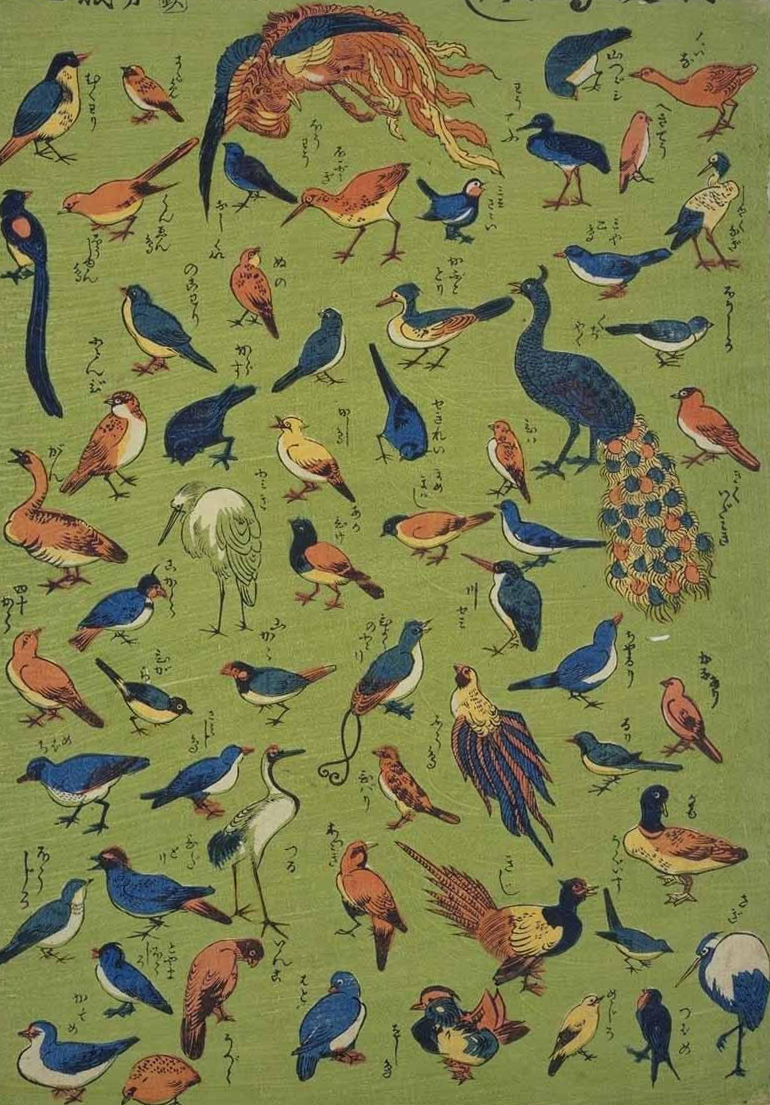
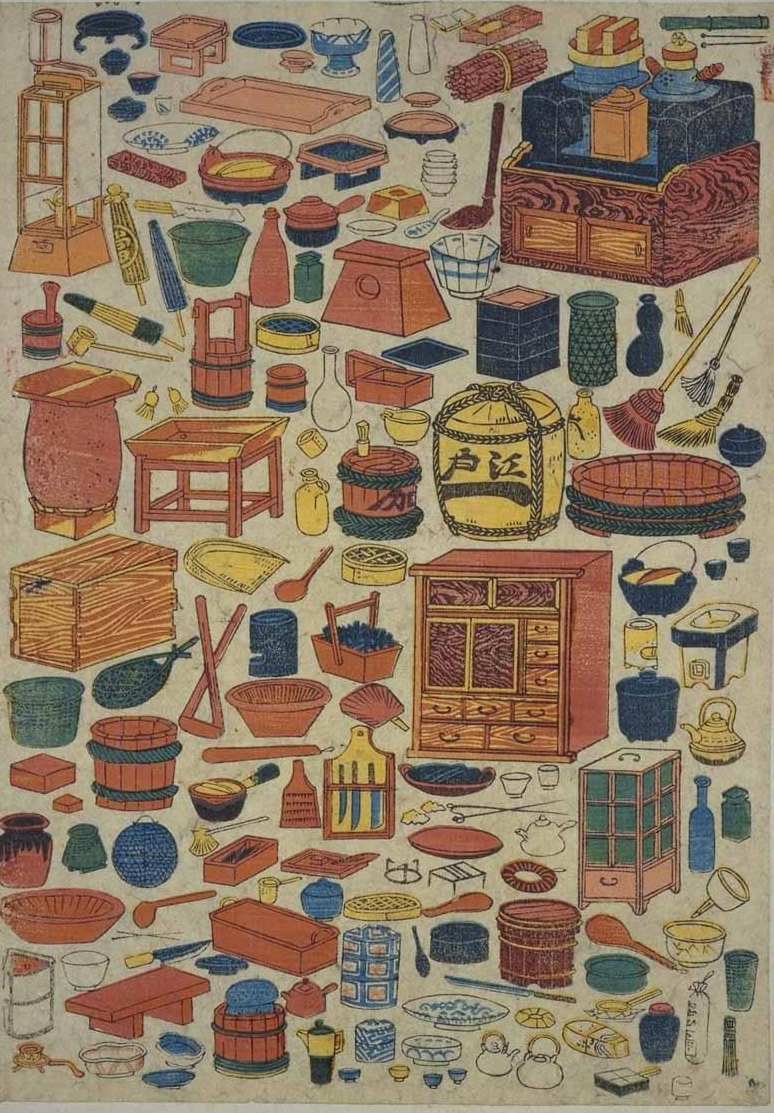
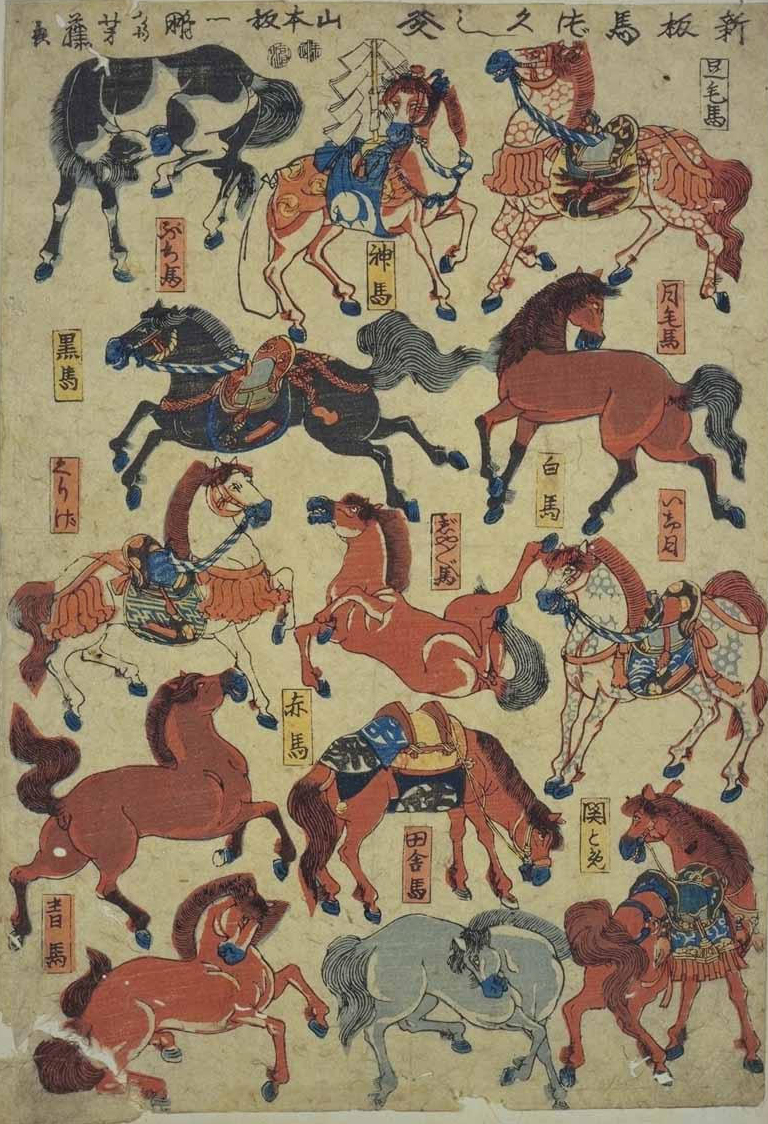

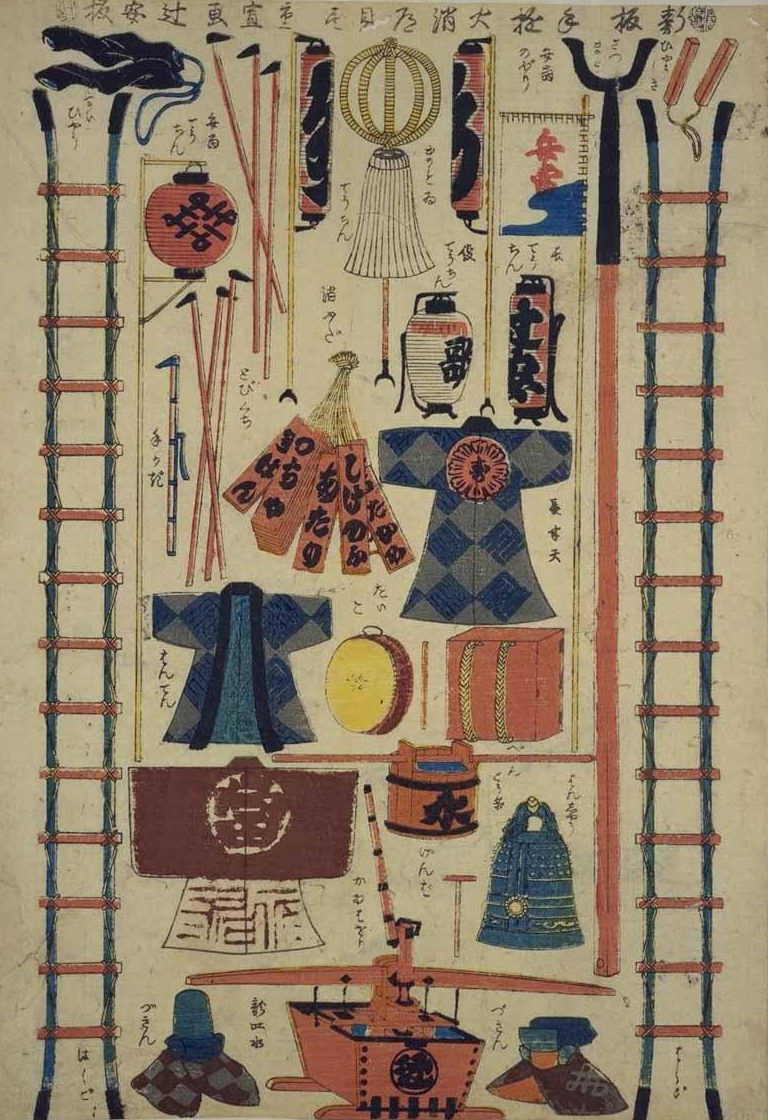
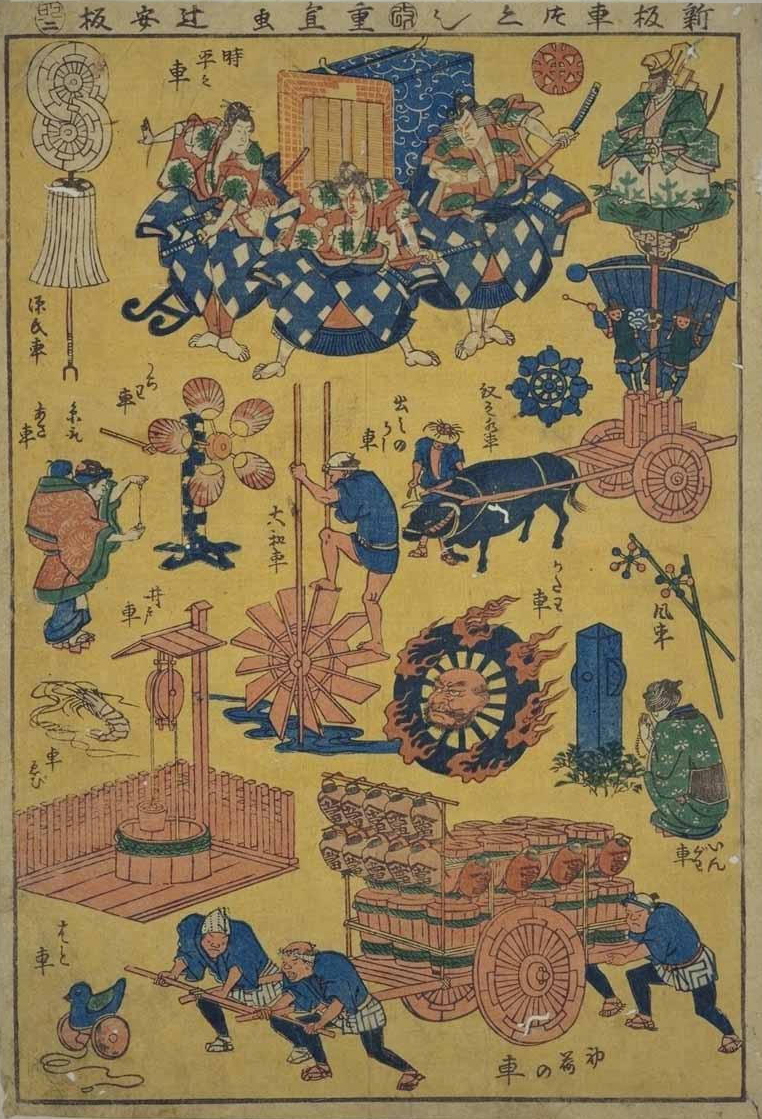
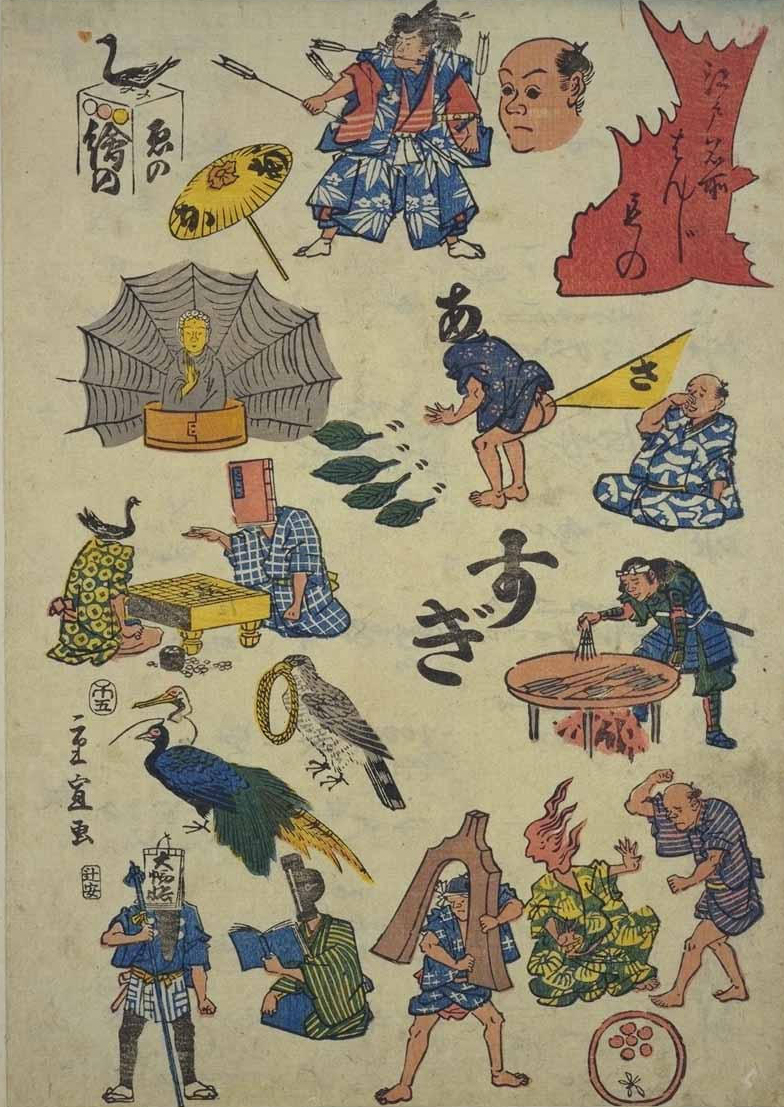
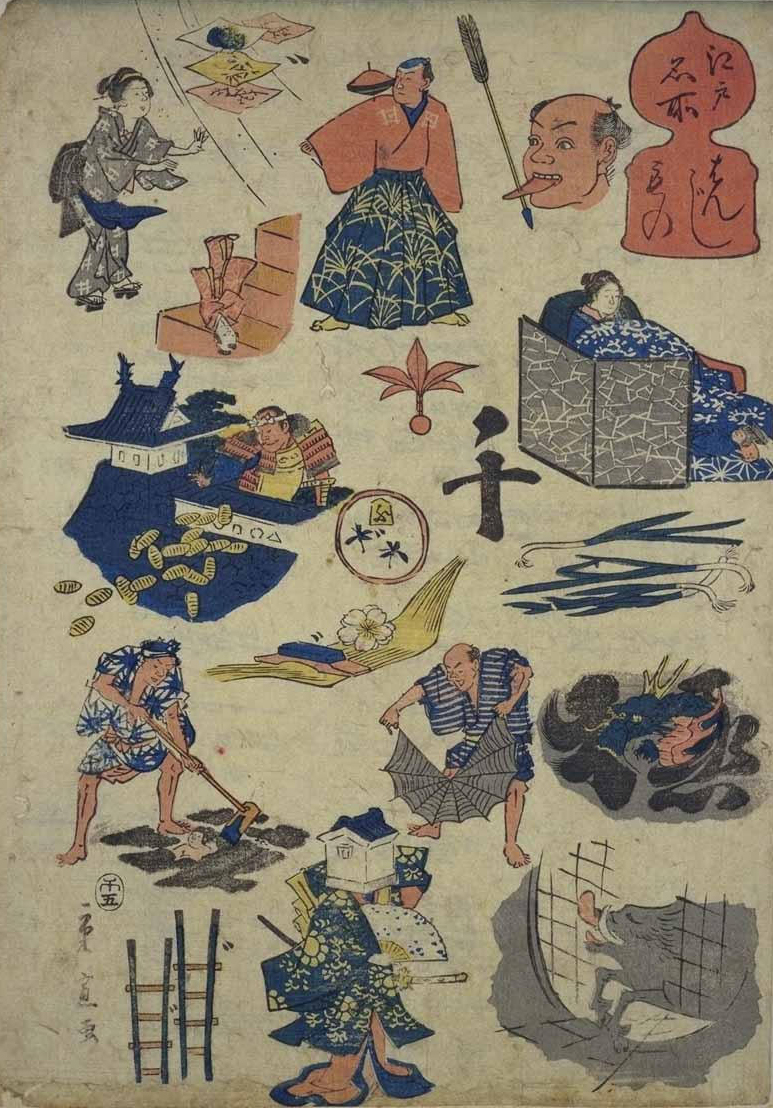


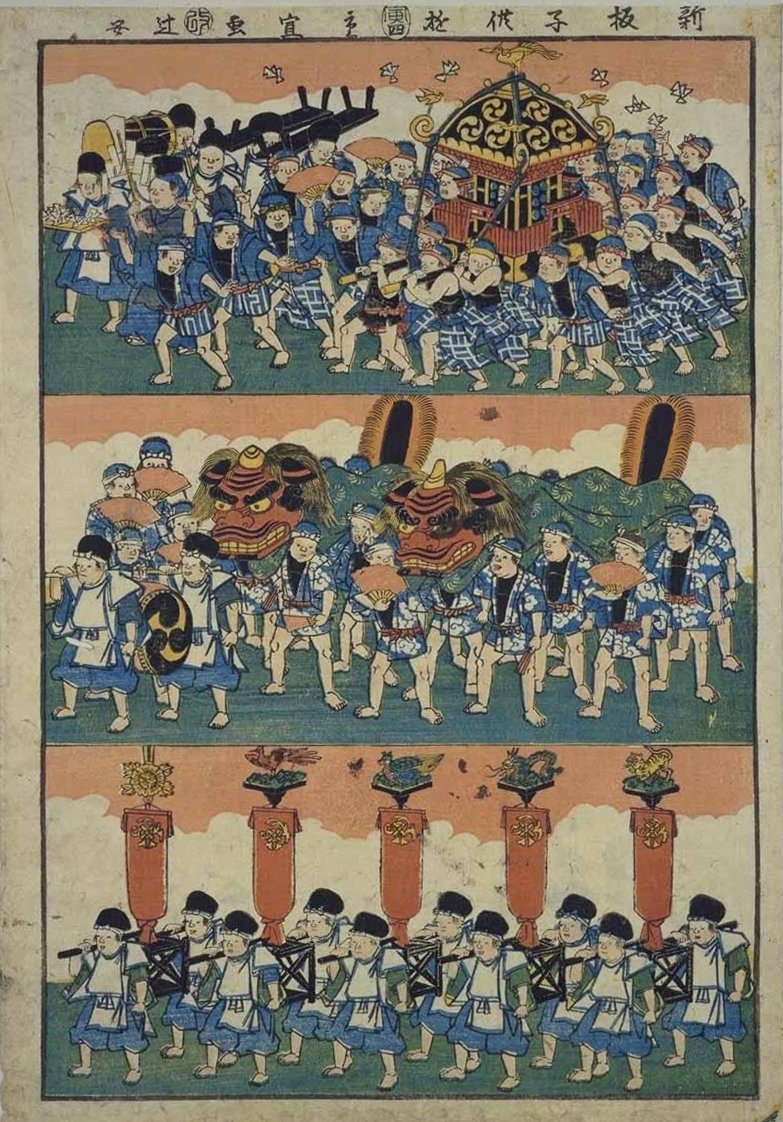
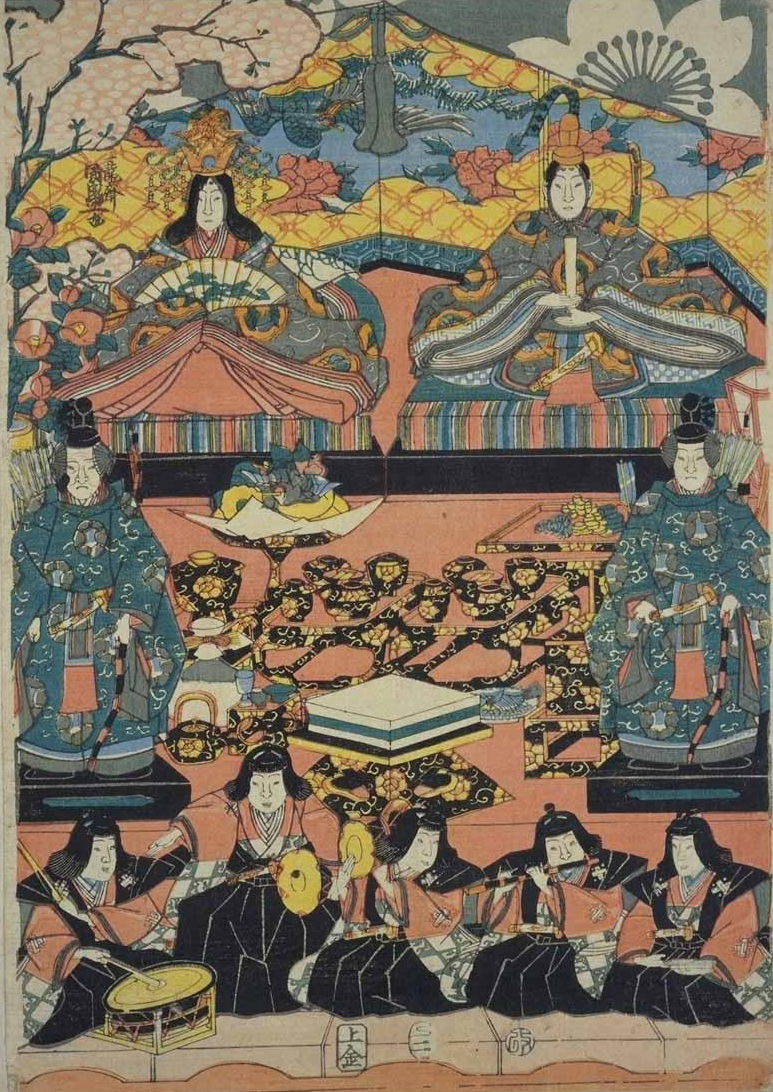
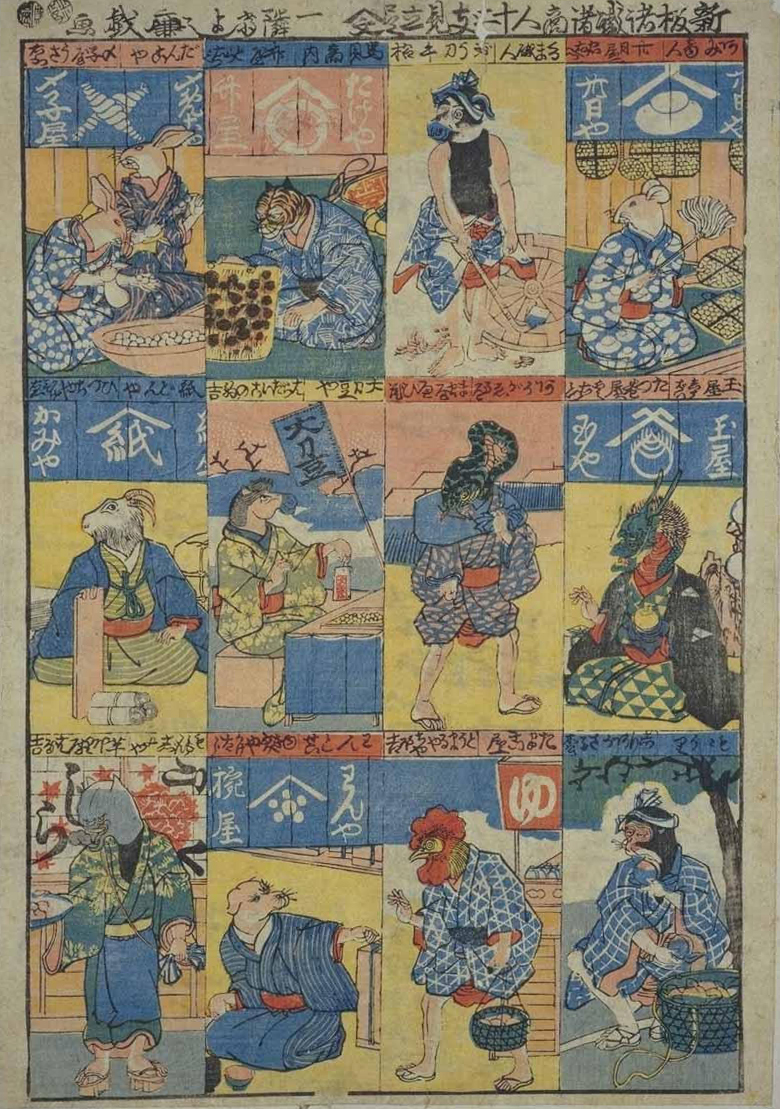
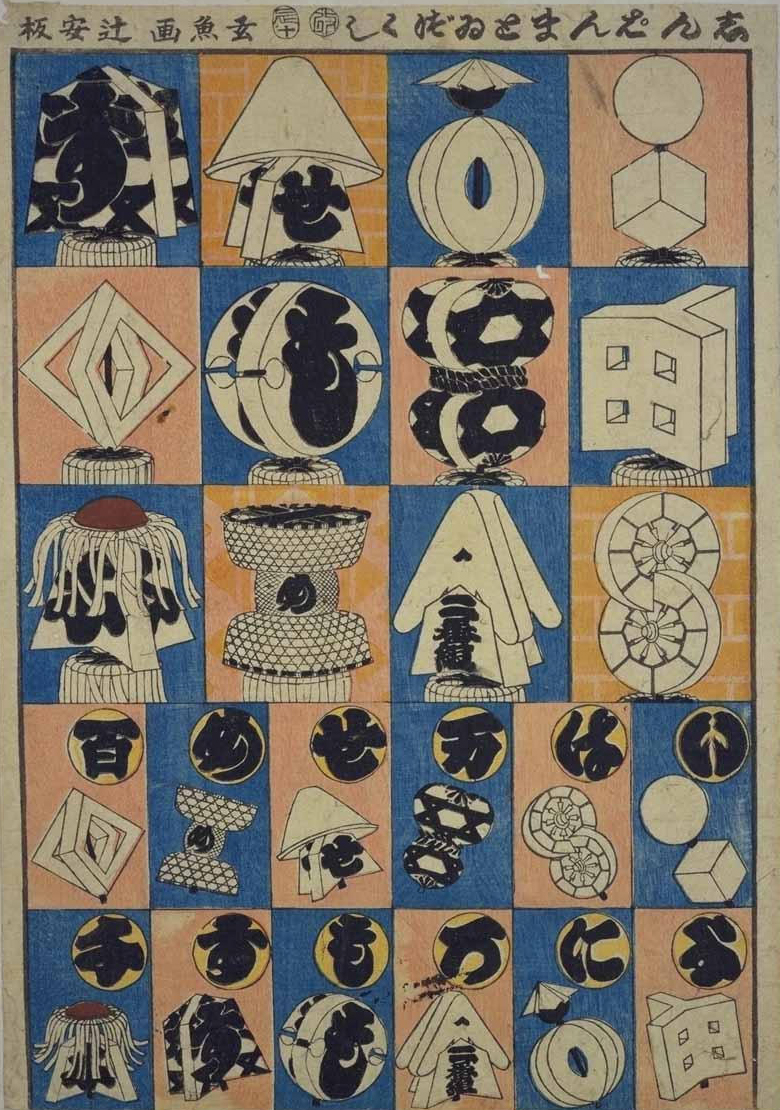
-
The entire collection is at the rare book section of the Japanese National Library [link]





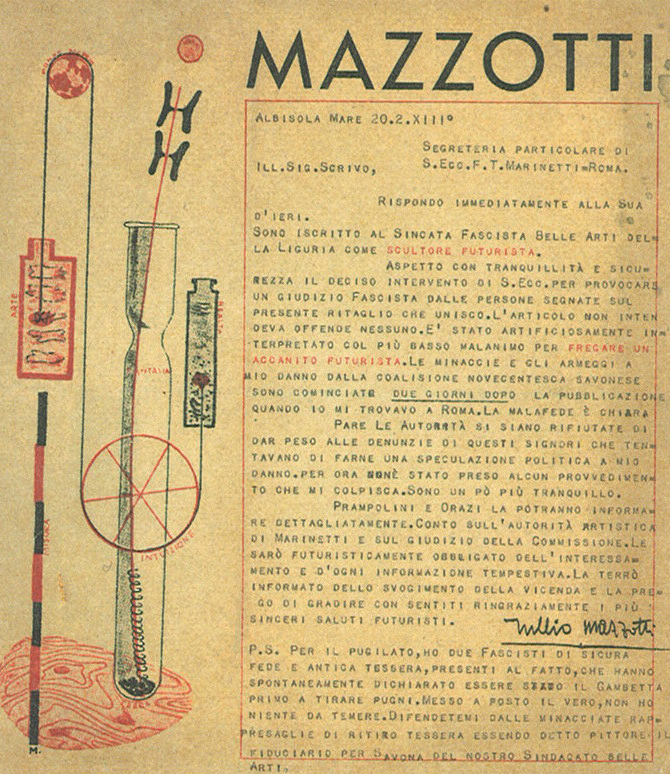
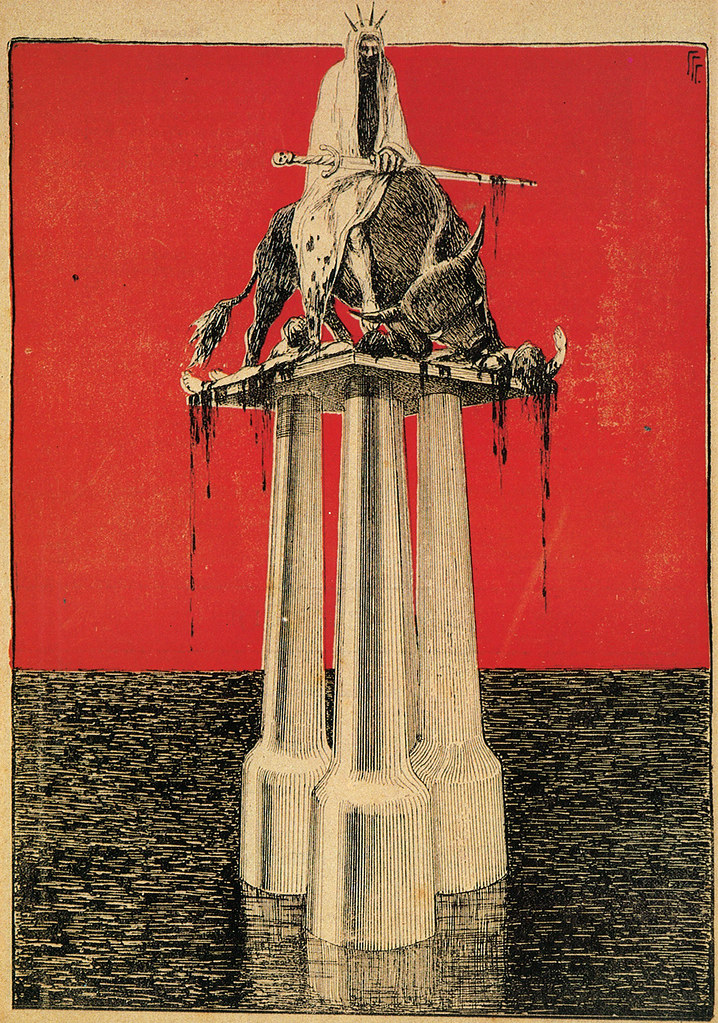




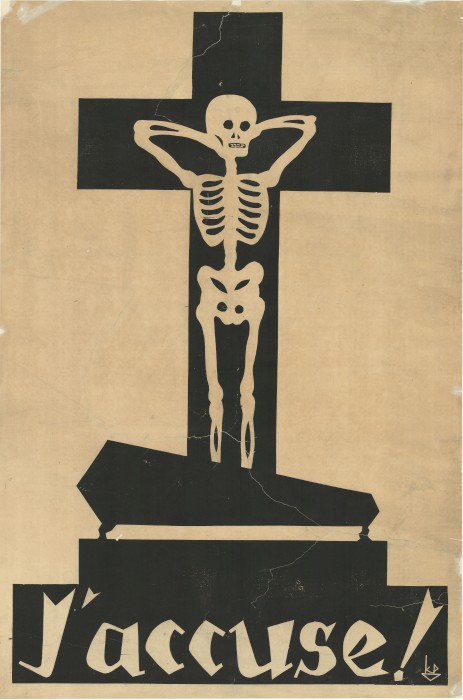
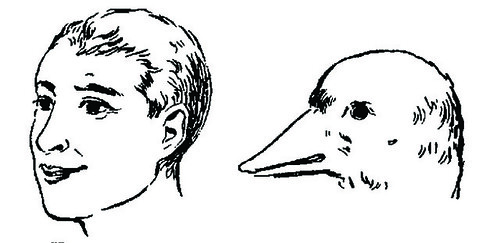
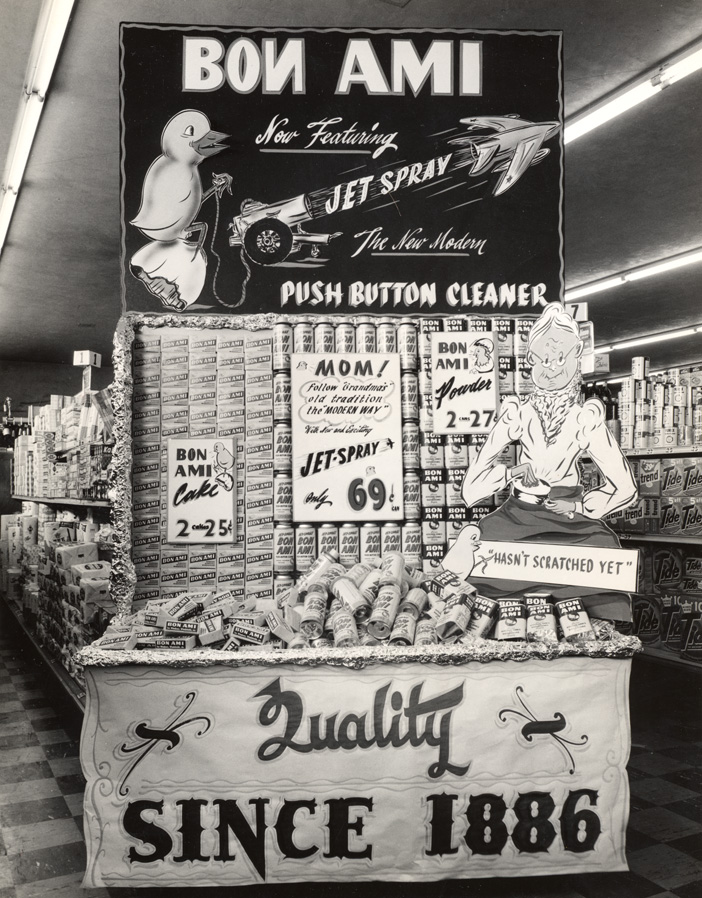
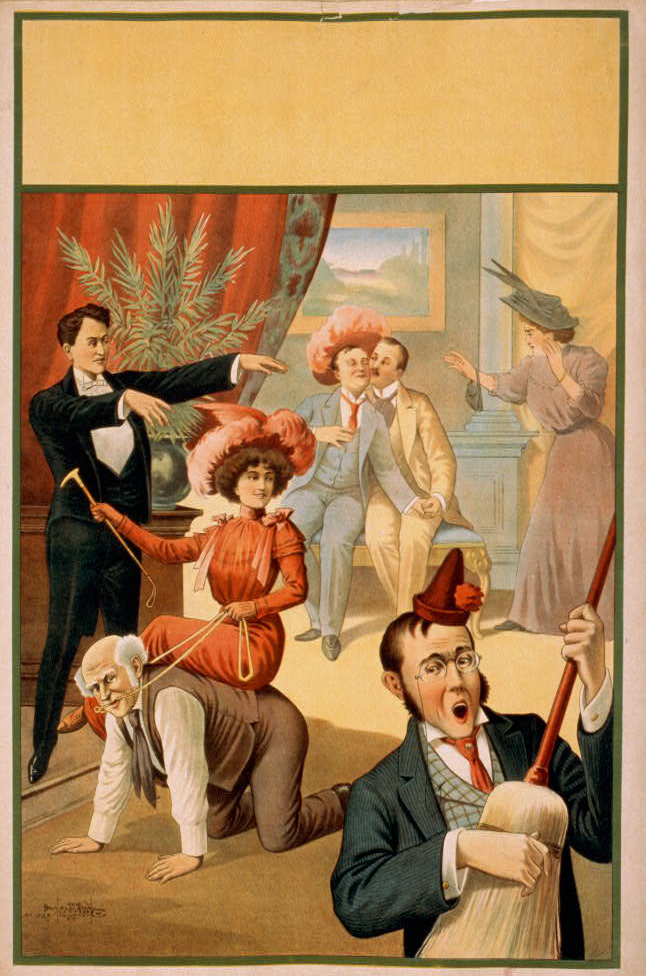

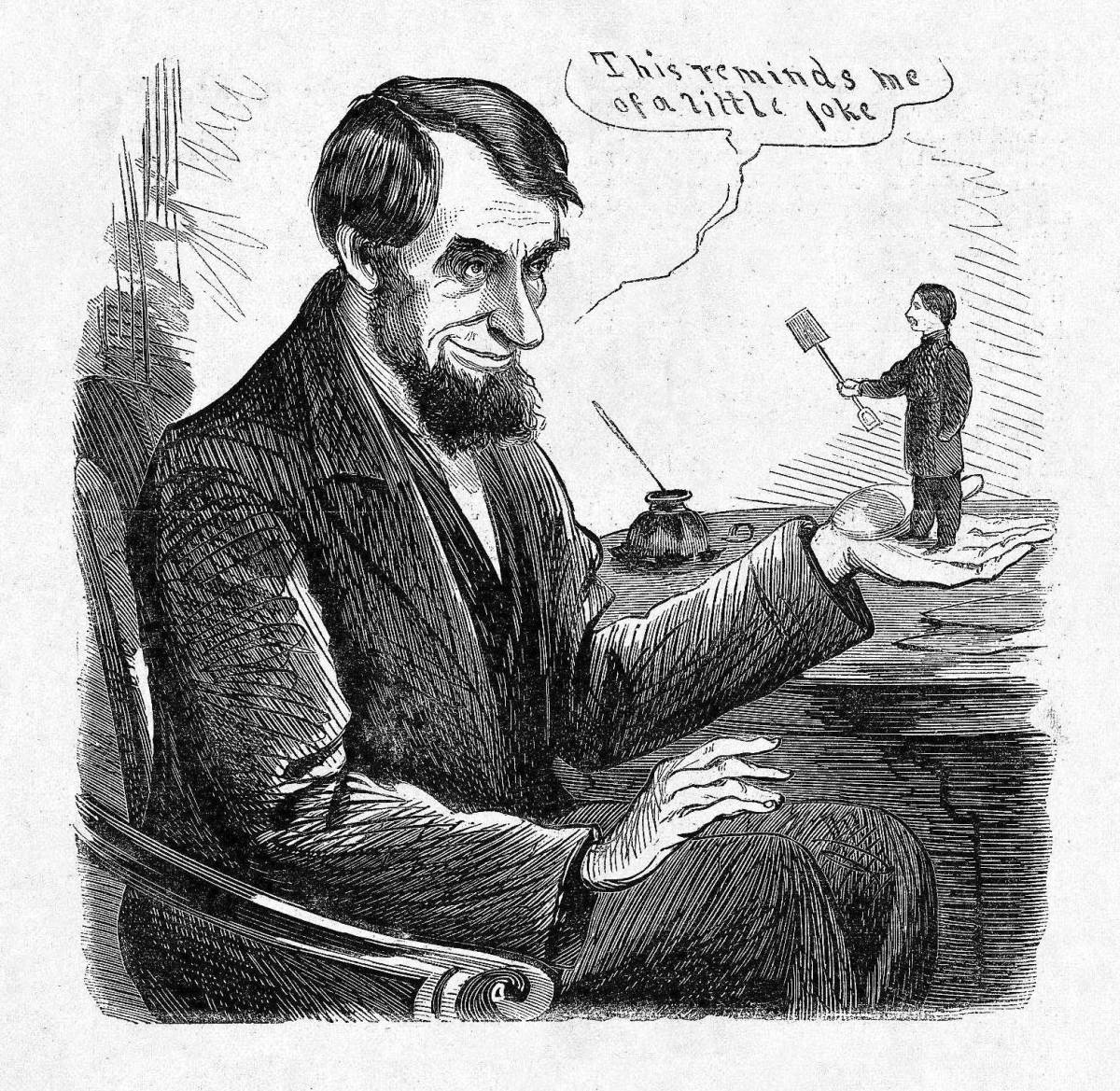
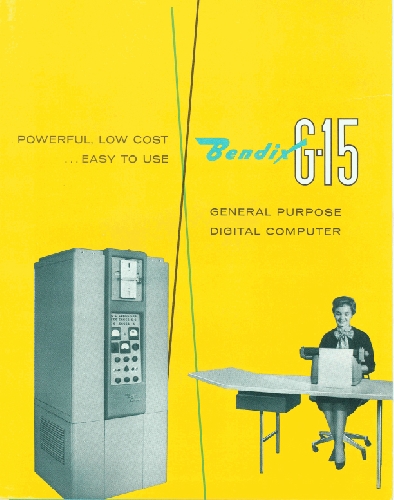
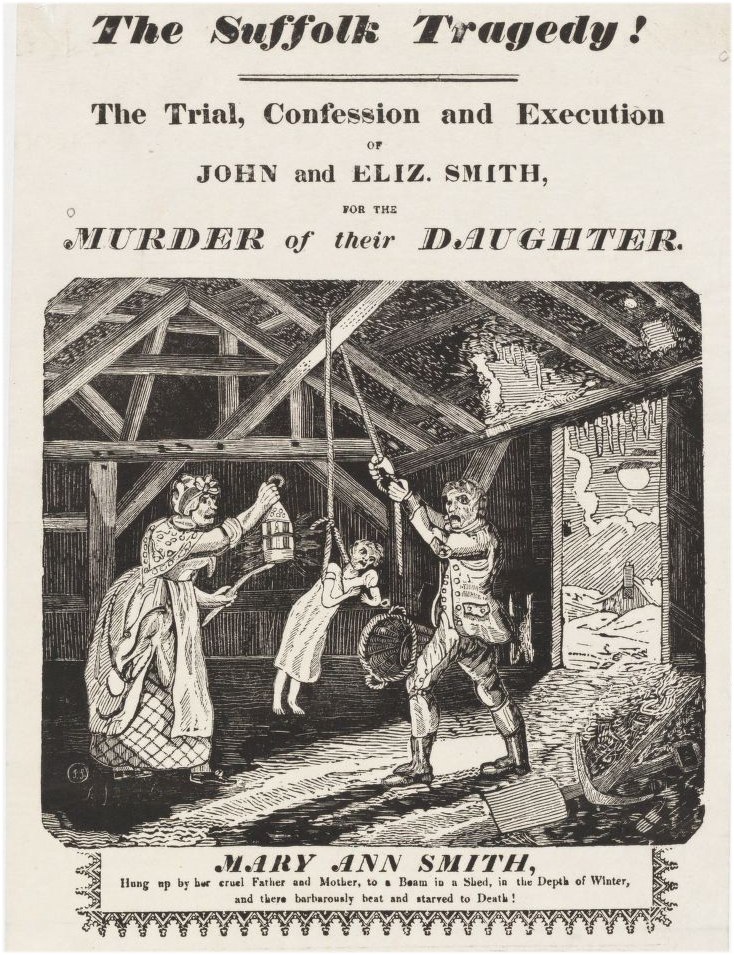
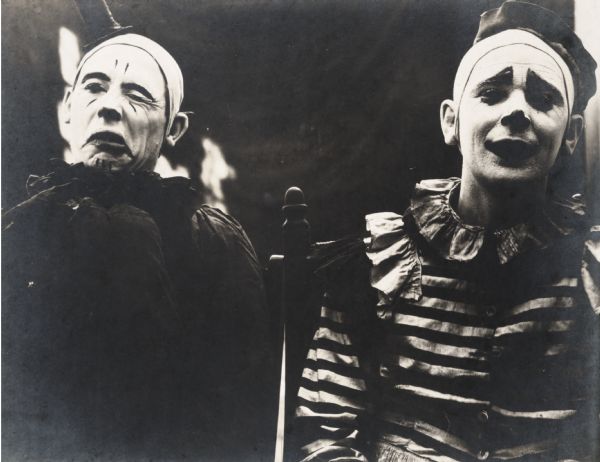
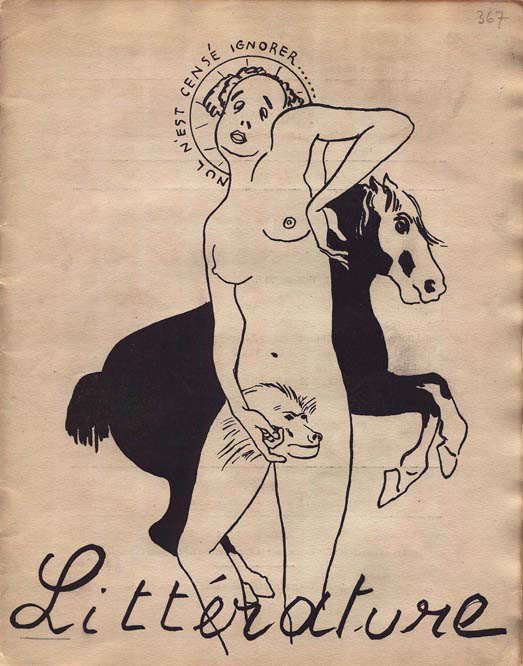
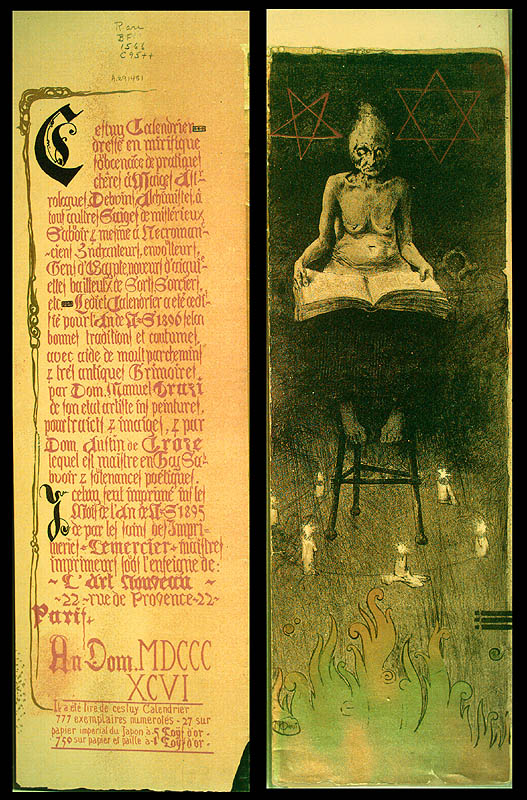


1 comment:
I asked my (Japanese) wife to take a look. From what we could gather they were mostly used for teaching/storytelling - there's an example of one in use here for instance which speaks volumes and the text backs up the contents of the illustration. The translation is correct - they were called "toy pictures". Some of them have the names of places and characters (I was particularly drawn to the flatulence theme running through a couple), so I assume those would have been used in the telling of stories, historical or otherwise.
I'd be willing to wager that they're related to the similar practice of kamishibai ("paper drama") a simple variant of the magic lantern show/slideshow/proto-cinema/animation. This usually involves/involved the telling of a story with a bunch of illustrated cards. Wikipedia has a little entry on it, and it seems generally better documented (if Google is anything to go by).
We once saw an incredible guy in a Tokyo park who gave live performances of manga, flipping the pages for a small audience and reading them in the most incredible, animated way.
I digress. Thanks so much for this blog, by the way - it's an absolute gold mine. I discovered it today and just spent a couple of hours scratching at the tip of the iceberg.
Post a Comment